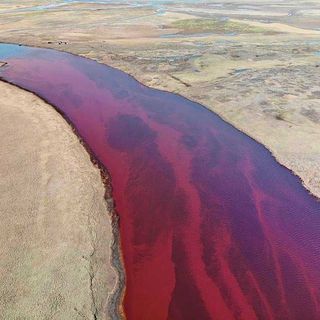Mangroves cannot survive sea levels rising further than seven millimeters a year, says new research published in Science. As of now, sea levels are rising at a little more than three millimeters each year, but that number is bound to increase to almost 10 millimeters by 2100, effectively drowning the saltwater forests.
Forests growing in brackish water, or mangroves, are pivotal to the ecosystem, acting as a coastal buffer from storm surges. The constant filtering of seawater also creates a nutrient-rich breeding ground for multiple diverse species of plants and animals. They also draw and store massive amounts of carbon dioxide from the atmosphere.
Usually, mangroves are resilient — according to a study published in PLOS One, mangroves protect more than five million people worldwide from the harmful effects of storms and rising sea levels. But climate change is creating a rapidly shifting, unsustainable environment that the forests cannot survive. Recently, the Indian Sunderban mangroves were ravaged by Cyclone Amphan — destroying around 1600 square kilometers of the total 4000km forest area.
Related on The Swaddle:
Cyclones Are Getting Stronger, More Frequent, According to 4 Decades of Research
Researchers believe that the only way to protect mangroves from potentially drowing is to immediately check the global warming caused by rising greenhouse gas emissions, as rising temperatures cause polar and mountainous ice to melt in large amounts, leading to a rise in overall sea levels.
“It is especially painful to think that through our actions, we could be causing mangroves that provide critical protection to people … to drown,” ecologist and co-author of the PLOS One study Holly Jones told Science News. She added, “We need to get started yesterday to ensure these important ecosystems are around to protect us into the future.”




